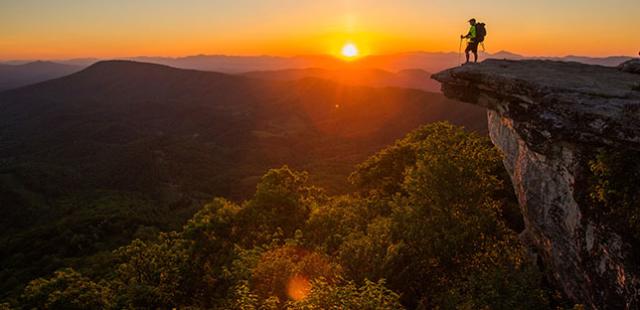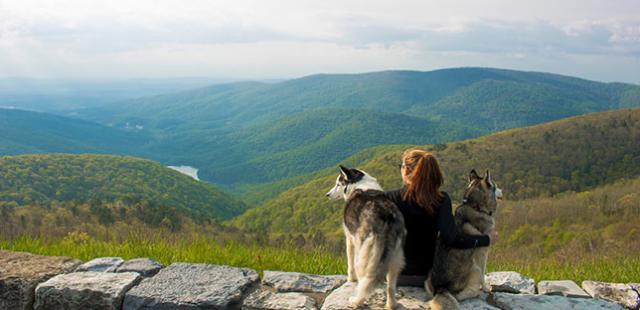The journey to equality in the American education system spanned over a hundred years, involving many heroic individuals willing to sacrifice their own personal comfort and safety to make the change necessary for future generations. Many of these brave men and women hailed from Southside Virginia, and the U.S. Civil Rights Trail® recognizes their contribution to the American free public education system. Learn about their fearless fight for equality in education when you visit a few of these iconic historic sites.
The Fredericksburg Civil Rights Trail–Fredericksburg
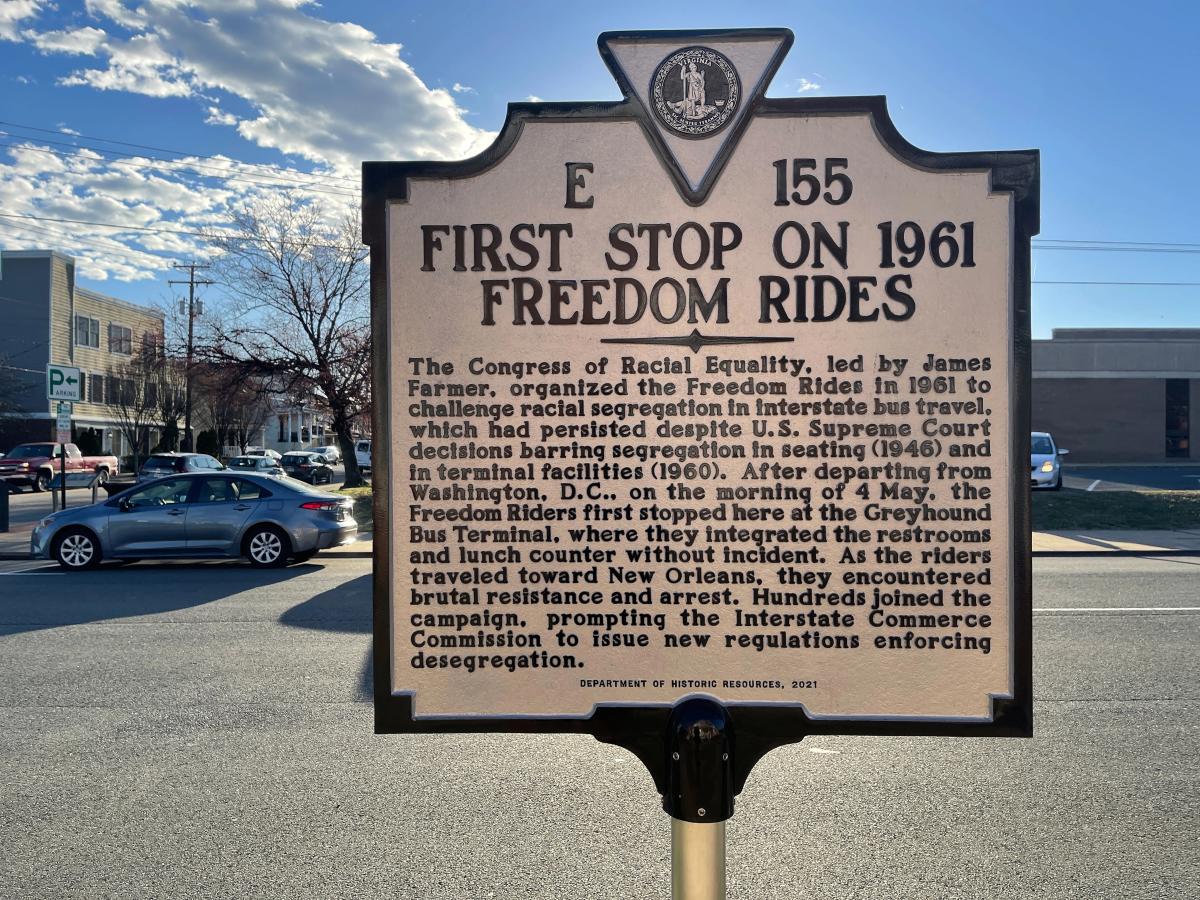 The latest Virginia location on the U.S. Civil Rights Trail, the Fredericksburg Civil Rights Trail is comprised of several historic sites that recognize the places and people that played a part of the Civil Rights Movement of the 1950s and 1960s, advancing social justice in the United States.
The latest Virginia location on the U.S. Civil Rights Trail, the Fredericksburg Civil Rights Trail is comprised of several historic sites that recognize the places and people that played a part of the Civil Rights Movement of the 1950s and 1960s, advancing social justice in the United States.
The trail has two parts–a 2.6-mile walking tour through Fredericksburg’s historic downtown district and a 1.9-mile driving tour that includes stop on the University of Mary Washington campus, Shiloh Cemetery, and the Dorothy Hart Community Center.
With a total of 21 stops, the tour includes sites where Black people created educational, housing, and business opportunities during segregation, as well as buildings where brave Virginians protested the unfair practice of racial segregation.
Robert Russa Moton Museum—Farmville

Photo Credit: Beth Furgurson
The Robert Russa Moton Museum is located in the former R.R. Moton High School of Farmville. This historic site examines the individuals and events of the Civil Rights struggle in Prince Edward County. As the site of the first non-violent student demonstration in the United States, Moton directly led to the Brown vs. Board of Education Supreme Court case, which mandated equal education for all Americans, no matter their race or gender.
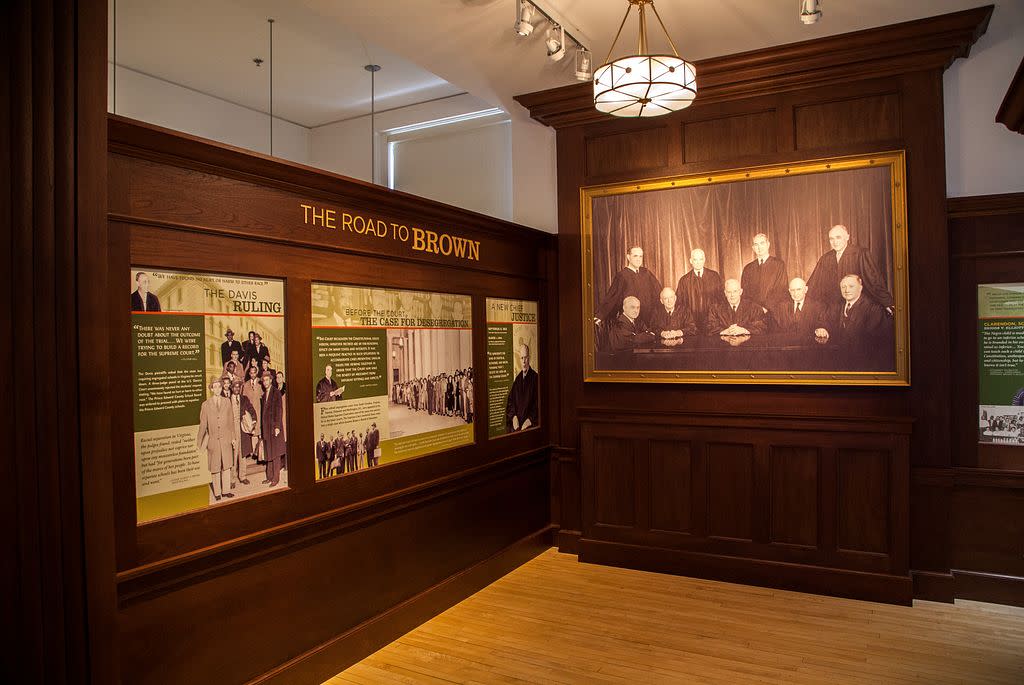
Moton High School was built in 1939 as a response to the legal challenges brought by African Americans regarding educational opportunities in Prince Edward. Less than a decade later, the school was heavily overpopulated, holding over 450 students in a building meant to accommodate a maximum of 180 students, and the existing structures were in varying states of disrepair. The Prince Edward County board refused to appropriate funds for the repair or expansion of the high school, and in response, on April 23, 1951, African American students walked out of the segregated high school in protest of the school’s abysmal conditions.
Learn about the resulting battle for equality in education at the Robert Russa Moton Museum, including individuals like 16-year old Barbara Rose Johns and John Arther Stokes, who led the walkout that culminated in the Brown vs. Board of Education Supreme Court case (in which the majority of the plaintiffs were from Prince Edward County). The museum also covers the problems that followed, from the refusal of Prince Edward County to integrate schools in their district to the subsequent four-year shutdown of the Prince Edward Public School System.

While the museum tells the stories relating to inequality, it simultaneously reveals the strong and resilient nature of Prince Edward’s African American residents; during the four-year gap in public schooling, local church groups organized “training centers” for the African American children in the community. The first of these was called the Hampden Sydney Center, but within a year, there were a total of ten centers in Prince Edward County. This collective effort demonstrates the crucial ways that African Americans were able to build and sustain their communities after the Civil War and through the Civil Rights struggles.
Heartland Regional Visitor Center—Farmville
Before the Civil Rights movement, segregated school systems prioritized funding with blatant discrimination. African Americans, women, and other minorities were denied the most basic materials and facilities when it came to their education, leading to inequalities that would echo for decades to come. Yet many Virginians would play a pivotal role in changing the system, taking the first steps towards equality in education. Find detailed information about these individuals and where to learn about them along the Civil Rights in Education Heritage Trail® at the Heartland Regional Visitor Center. Knowledgeable staff will provide you with ideas and brochures on the 41 historic sites, as well as options for dining, lodging, and other activities along the trail.
Danville Museum of Fine Arts & History—Danville
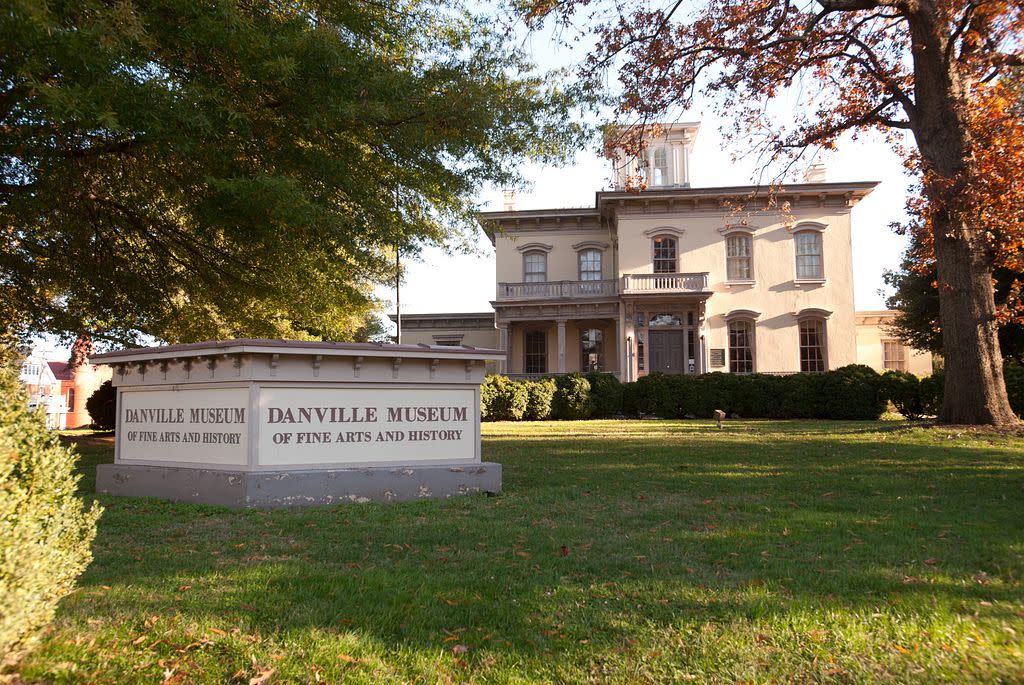
Photo Credit: David Hungate
Check out the Danville Museum of Fine Arts & History's exhibit "The Movement: Danville's Civil Rights" to learn about the 1963 Danville Civil Rights demonstrations. While these protests started out peacefully with marches, sit-ins, and other organized demonstrations, white authorities against desegregation escalated the situation with violent tactics and legal challenges. Although Martin Luther King, Jr.'s Southern Christian Leadership Conference and the NAACP sent representatives to support protesters and respond to legal challenges, the power of the local authorities was enough to smother most of the protest, leading to very little progress in the battle for Civil Rights for Black Americans.
The Virginia Civil Rights Memorial—Richmond
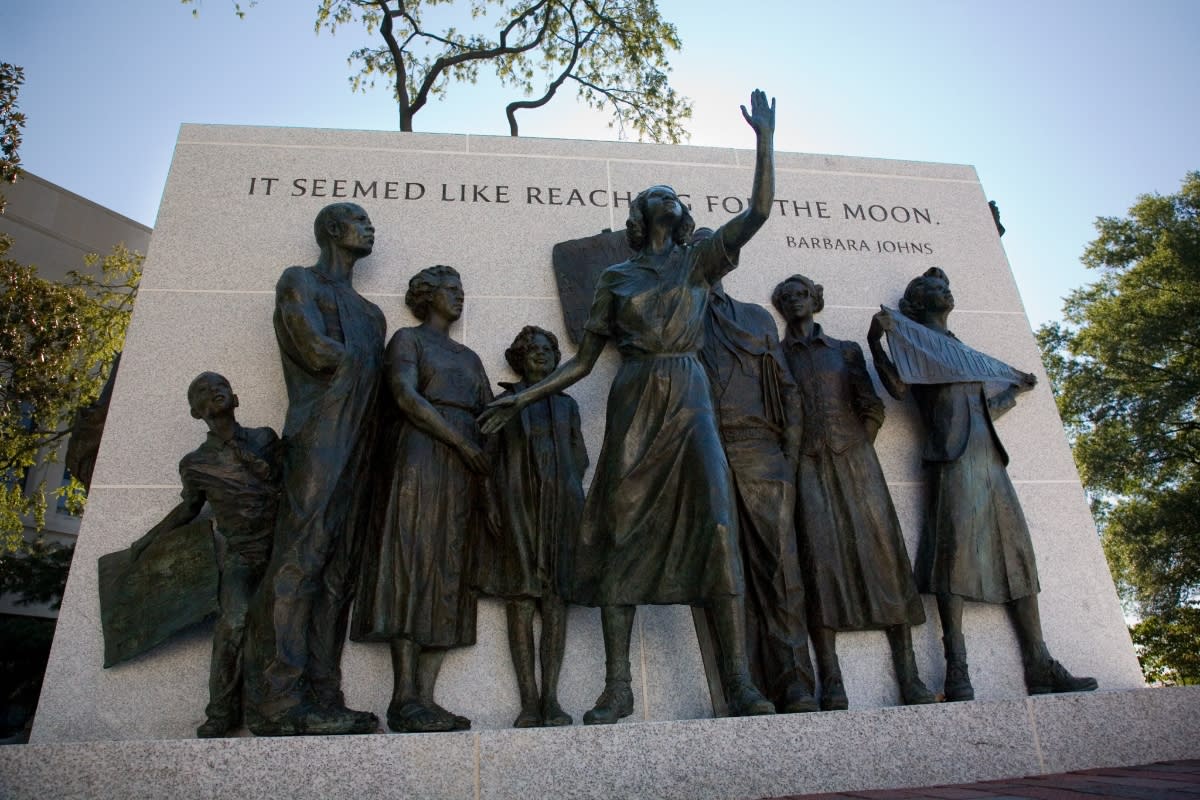
Outside of the Virginia State Capitol Building is the Virginia Civil Rights Memorial, a bronze and marble sculpture of Barbara Johns and other students who led a strike to protest their racially segregated school. Their protest led to the famous Brown vs. Board of Education case which ruled against the "separate but equal" laws of the country. If you'd like to learn more about Richmond's important Black history, be sure to head to the Jackson Ward neighborhood, one of America's oldest and most historically significant Black neighborhoods.
For a more thorough view of the Civil Rights struggle for equal education, travel along this self-guided driving tour to some of these historically significant sites to learn about the courage of these unique Virginians.
